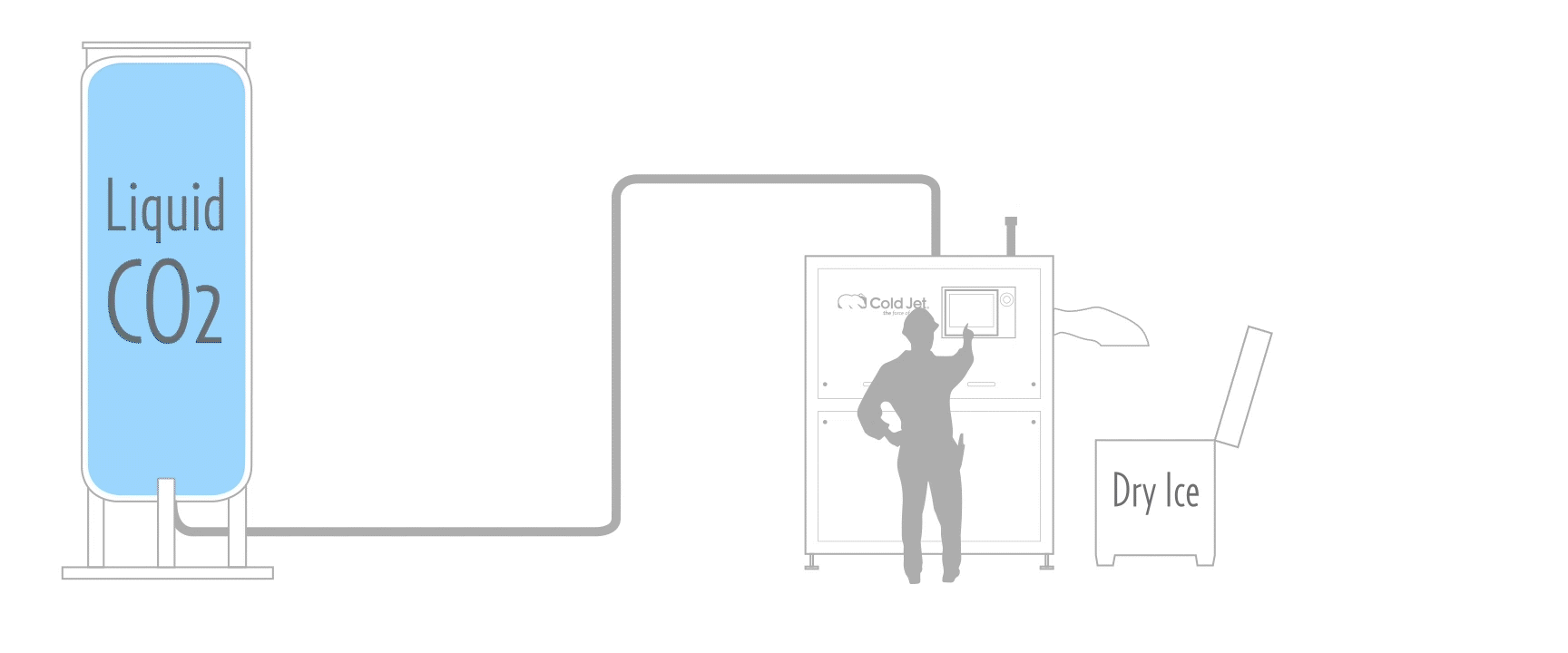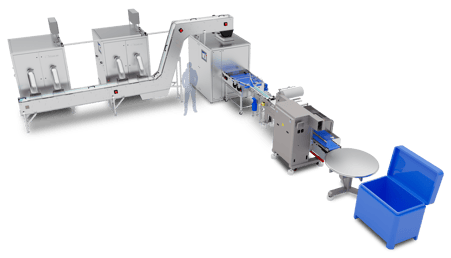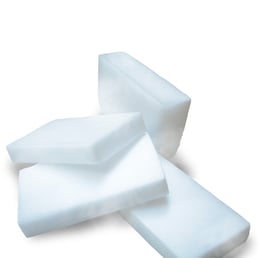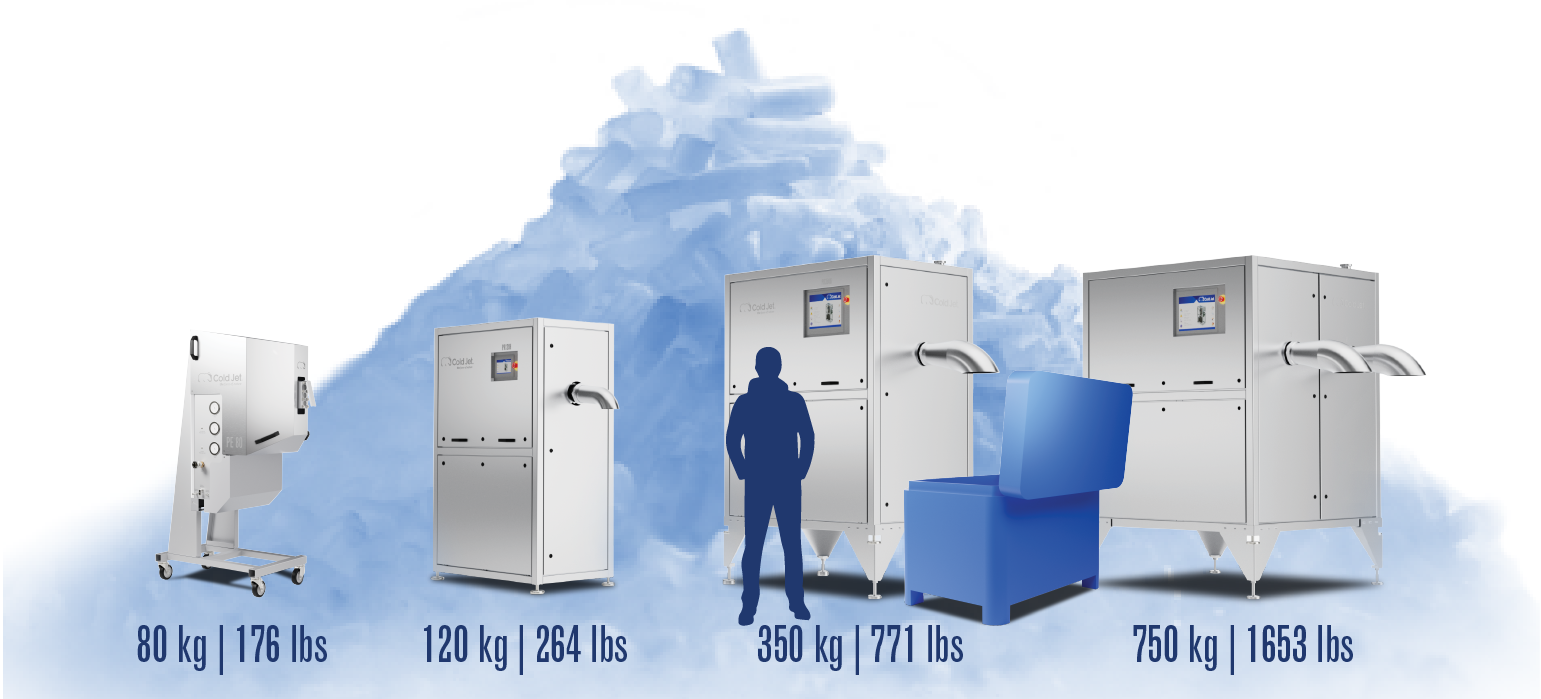Dry ice was initially noted in 1835 and secured a patent for industrial applications in 1924. Subsequently, it has been readily accessible in various forms and dimensions in the market. What are the prevailing formats frequently employed in Dry Ice Blasting and Dry Ice Green Cooling? In this blog, we will delve into precisely that and explore the most efficient pelletizers on the market for generating these formats.
Dry Ice Formats - To Power Dry Ice Blasting Machines
Dry ice blasting involves propelling recycled CO2 particles in solid form to efficiently remove the toughest contaminants from delicate surfaces. Unlike traditional methods, dry ice sublimates without leaving any secondary residue.
Whether you're a supplier providing dry ice to companies utilizing dry ice blasting machines for maintenance or the company implementing sustainable cleaning practices, producing dry ice in the quintessential 3 mm pellet format in bulk is essential.
Selecting the Right Pelletizer
The choice of a pelletizer depends entirely on the desired hourly production. Today, top-of-the-line dry ice production equipment ranges in capacity from 80 kg/hr to 750 kg/hr.
The Simplicity of Dry Ice Production
People are frequently surprised at how straightforward it is to generate dry ice. Pelletizers don't require a large facility, and you don't need NASA-level expertise to operate them.
Your pelletizer is fed from an external tank of liquid recycled CO2. The CO2, in liquid state, enters the pelletizer and is extruded in solid form. With a simple button press, a container positioned under the extruder chutes captures the produced dry ice.

Dry Ice Formats - To Harness Green Cooling
Sustainable dry ice cooling functions similarly to water ice, phase-changing materials (PCM), and nitrogen cooling, effectively reducing temperatures in confined spaces to preserve perishable goods. As dry ice sublimates, it leaves no waste or contaminants behind, making it ideal for cold chain transport and extending the shelf life of food, vaccines, tissue and many other therapies.

Dry ice cooling formats vary from 3 mm bulk pellets (common in food processing plants) to 10-16 mm bulk nuggets (common in the pharmaceutical cold chain) and reformed high-density dry ice slices (common in frozen food shipping and airline catering).
Producing Dry Ice Nuggets and Slices
Pelletizers that produce 3 mm pellets can easily switch to different extrusion dies to create 10-16 mm nuggets.
*Peep inside a Cold Jet Pelletizer! You can change format die plates with the push of a button.
High-density dry ice slices are automated through conveyor belts, dumping 3 mm pellets into a reformer system that can eject thousands of slices per hour.


Bagging Dry Ice for Cooling
It is advisable to bag dry ice when shipping food directly to consumers to eliminate the risk of prolonged skin exposure to low temperatures. The bagging process can be automated for dosing and bagging pellets and nuggets or for automatically packing high-density dry ice slices.
*Explore this testimonial from Emory Dry Ice. Emory operates multiple cutting-edge dry ice production facilities, producing, bagging, and shipping bulk dry ice pellets, nuggets, and slices for various blasting and cooling applications.
.png) English
English

